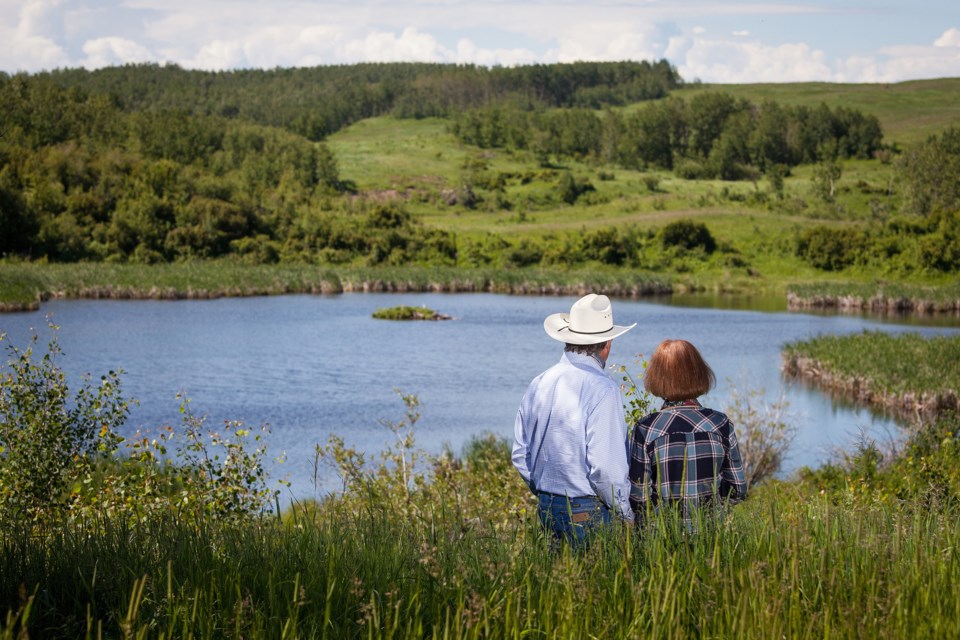Over the past year, Canadians have felt the first-hand effects of climate change more than ever. Scorching temperatures, droughts, wildfires and floods – all of unforeseen magnitudes – have claimed homes and livelihoods while ravaging the environments they have impacted.
Among those who experience the effects of climate change most acutely are farmers. Unfortunately, this same group often receives more than its share of the blame for the climate situation we find ourselves in. Yet, here in Canada, it is these farmers and ranchers who hold the key to some of our most promising solutions to climate mitigation.
Natural areas are a climate solution. And there is a growing need to consider habitats such as wetlands and grasslands as on-farm assets that provide economic benefits as well as support the resiliency of our agricultural landscapes.
In particular, wetlands stand out as a powerful defense system. They sequester carbon and filter water, support pollinators and biodiversity, and provide habitat for countless wildlife including many species at risk. Through the provision of these environmental benefits, wetlands protect us against an ever-changing climate, drought and floods. With more than 25% of the world’s remaining wetlands found in Canada, they can be considered a true national treasure.
Guardians of the Wetlands
A little-known fact is that raising cattle helps preserve wetland ecosystems. In certain parts of the country, wetlands and riparian areas neighbouring cattle-dotted grasslands or pasture are a common site to see, and for good reason. Much of the Canadian landscape that is suitable for raising beef cattle is the same land that supports these natural systems.
Under proper management, cattle co-exist and provide environmental co-benefits to ecosystems like wetlands and beef producers are doing their part to protect these sensitive areas. Measures including strategic fencing, solar powered water troughs and managing cattle movement at certain times of the year all reap environmental wins. Farmers and ranchers know preserving habitat is not only crucial to the health and vitality of their land and animals, but is also intrinsically linked to the sustainability of their business.
When considering the land left for conservation, a significant proportion exists because of the presence of a viable beef operation, which has spared it from being converted to other purposes. As the leading national conservation organization who partners with Canada’s agricultural industry, Ducks Unlimited Canada has repeatedly shown that a healthy beef sector is good for the environment and for our working landscapes. We recognize that beef farmers and ranchers safeguard some of Canada’s most important, diverse and threatened habitats, including wetlands.
As we celebrate World Wetland’s Day on February 2, we have a tremendous responsibility to elevate the discussion around habitats as on-farm assets. The amount of land available is finite. We must farm the best and conserve the rest. We are fortunate that in Canada, certain landscapes allow for the overlapping uses of growing food and conservation, but now is the time to recognize these areas for their invaluable worth and ensure they continue supporting the resiliency of our landscapes long into the future.
Kristine Tapley is a Manitoba beef producer and Ducks Unlimited Canada’s agricultural sustainability lead.



